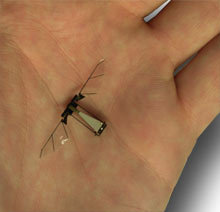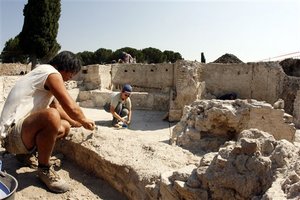The little, six-wheeled rovers, Opportunity and Spirit, are operating at two distant sites just south of the Martian equator. The large regional dust storm that has lasted almost a month has been worse at Opportunity's locale, NASA said.

|
| ©Reuters |
| An undated NASA illustration depicting one of two six-wheeled rovers operating on the surface of Mars. |




